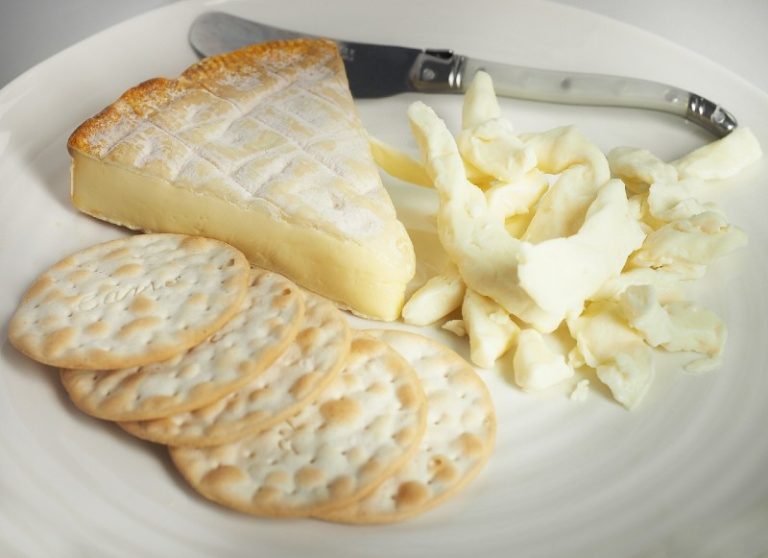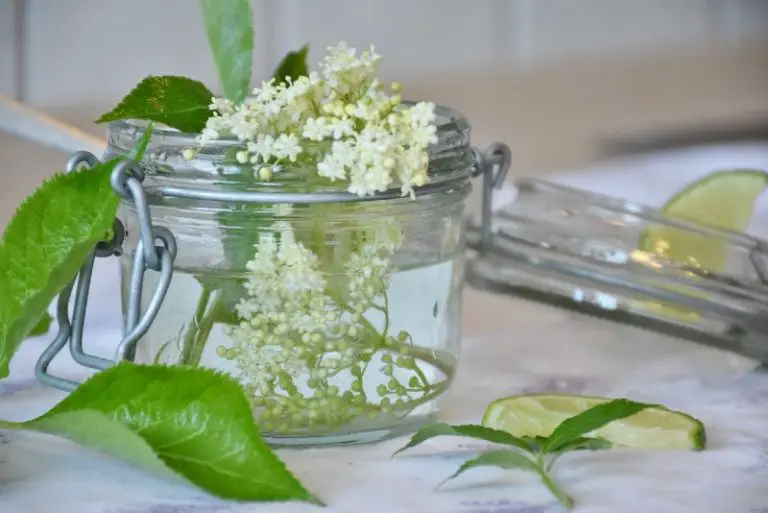Rook Row Farm Runner Beans
My life is full of beans. In fact, each year we grow around 350 tonnes of runner beans on my farm, in rows that would stretch in a straight line for 140 kilometres. Sadly, the number of households buying British runner beans is declining, with only one in ten households buying runner beans during the 2010 British season, significantly decreasing in the last 5 years. When you consider that almost nine out of ten households buy carrots, the number of us enjoying great British runners just doesn’t measure up.
Beans are a labour intensive crop and they demand a lot of tender loving care, but there is no other way of raising them. Every April, as the runner bean shoots come up, my team and I push 800,000 bamboo canes in to support the young plants, and tie them by hand. Then once the beans grow, the stems have to be twisted around the canes and secured by hand. The young shoots are fragile and the beans ripen on the plant at different times, so they have to be hand-picked. It must be one of the few jobs around today that cannot be done by machine.
Beans have been grown on our farm, Rook Row Farm, near Mathon, at the foot of the Malvern Hills, for over 50 years, and my family has been involved in the growing of runner beans since the beginning of the 20th Century. I grew up in the half-timbered farmhouse I now share with my wife, Caroline, when my father was running the business.
The cycle of life in the fields remain the same, with a few modern exceptions. Today we lay down a plastic mulch to smother weeds before planting begins in late March or early April, when the soil has started to warm up. This reduces the need for chemical spraying to almost none. We also start off about a third of the runner beans under protective polythene tents, which allows us to get the first pickings into the shops by the beginning of July – about three weeks earlier than beans raised in the open. The tops are then released when the beans are ready to grow through.
The medium to heavy red Herefordshire loam suits runner beans – which like a damp root-run – because it retains moisture. A few months later, when all the beans have been picked, sheep are sent into the fields to polish off the remaining growth. Then it’s time to pull up canes – all 800,000 of them – clear the ground and recycle the plastic before ploughing and fertilising for the following season.
Runner beans are still a real treat in our kitchen, with no Sunday roast complete without them – lightly cooked of course. I hope you will enjoy the recipes we have provided for you below. Once you have tasted great British runner beans, I promise you that you will be hooked.
Runner Bean Coleslaw
Serves 4 as a side dish
Preparation time: 5 minutes
You’ll need
200g runner beans, finely shredded
½ small red cabbage, finely shredded
1 medium carrot, grated
1 banana shallot, finely sliced
4tbsp mayonnaise
1 tsp Dijon mustard
Salt and pepper
What to do:
In a medium to large sized bowl mix together the runner beans, cabbage, carrots, shallot, mayonnaise and Dijon mustard, and then season with salt and pepper.
Salmon en Croute with a Runner Bean and Broad Bean Remoulade
Serves 4
Preparation time: 20 minutes
Cooking time: 25 minutes
You’ll need
Plain flour for dusting
500g ready made puff pastry
1kg salmon loin
2tbsp olive oil
Small bunch of rosemary, chopped
Salt and pepper
1 free range egg, lightly beaten
A knob of butter for greasing
200g broad beans, podded (approx. 400g unpodded)
200g runner beans, cut into diamonds
2tbsp mayonnaise
1tsp Dijon mustard
200g celeriac, cut into matchsticks
What to do:
- Preheat the oven to 180°C / 350°F.
- Lightly dust a work surface with the flour, then roll out the puff pastry until it is slightly longer than the salmon and 3 times the width.
- Lay the salmon in the middle of the pastry and brush it with the olive oil, sprinkle over the rosemary and season with salt and pepper. Diagonally cut the pastry from the salmon to the edge of the pastry in 2cm slices on both sides. Brush the pastry with the egg wash, then fold over the slices from left to right to form a lattice. Trim off the pastry from either end of the salmon, then brush with the egg wash
- Place the salmon on a buttered non stick baking tray, then place in the oven on the middle shelf and cook for 25 minutes, or until golden. Once cooked remove from the oven and leave to cool slightly.
- While you are waiting for the salmon to cook, bring a medium sized pan of salted water to the boil, then cook the broad beans and runner beans for 2 minutes, drain and refresh under cold water, then squeeze the broad beans out of their shells.
- To make the remoulade, mix together the mayonnaise and Dijon mustard in a medium sized bowl, add the celeriac, broad and runner beans, season and mix well.
- Once the salmon is cooked serve warm with the remoulade.
Runner Bean and Pea Couscous Salad
Serves 4 as a side dish
Preparation time: 10 minutes
Cooking time: 5-6 minutes
You’ll need:
150g runner beans
75g podded peas
250ml vegetable or chicken stock
150g couscous
2 large ripe tomatoes, seeds removed and diced
½ small red onion, finely diced
8 black olives, chopped
20g flat-leaf parsley, chopped
A small handful (about 5g) mint leaves, shredded
2 tablespoons olive oil
2 tablespoons lemon juice
Salt and pepper
What to do:
Top and tail the runner beans, destring and cut the beans on the diagonal into slices. Put the beans into a pan of boiling, salted water and simmer for 1 minute, then add the peas to the pan and continue cooking for another 4-5 minutes. Drain the beans and peas and refresh in cold water. Set aside.
Put the stock into a pan and bring to the boil. Meanwhile, put the couscous into a bowl. When the stock has come up to the boil, pour it over the couscous in the bowl, stir well, cover and leave for 5 minutes until the couscous has absorbed all the stock. Fluff up the couscous with a fork and place in a serving bowl.
Add the cooked beans and peas and all the remaining ingredients to the couscous and mix well to combine. Season to taste.


